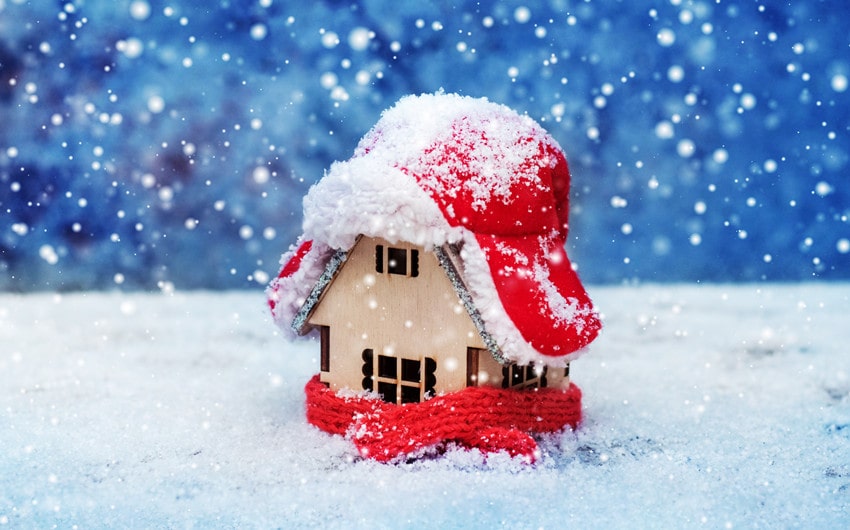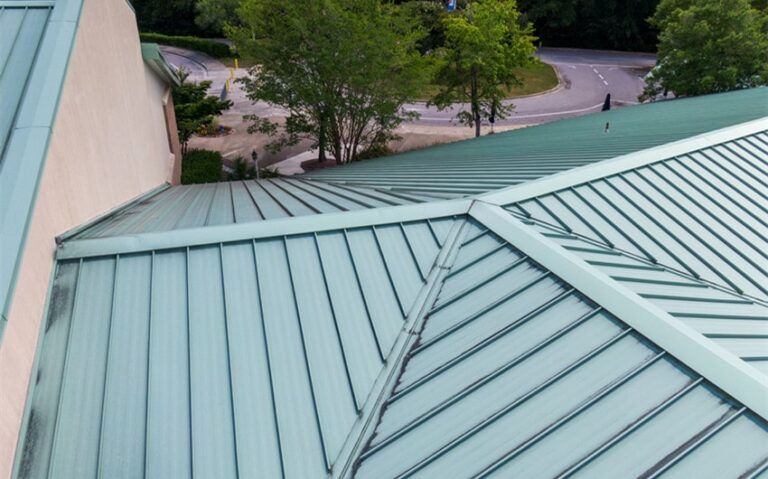Stay Toasty: A No-Fuss Guide to Winterizing Your Home
Ever feel like your home just can’t keep up with winter? When the temperatures start dropping, staying warm becomes essential, but managing a cozy home doesn’t have to be overwhelming or costly. Winterizing your home is about making it comfortable and energy-efficient so you can relax without worrying about drafts or rising heating bills. It can be as simple as a few adjustments to your current setup, or you can go a little further to make your home a true winter retreat.
In this blog, we will share practical tips and easy steps to help you winterize your home and stay toasty all season long.
Check Your Heating System
Your heating system is essential for keeping your home warm, so now’s the time to make sure everything is in top shape. If your home uses a heat pump, this system works by transferring warm air inside during colder months and reversing to cool your home in warmer seasons. It’s an energy-efficient choice, but regular maintenance is important to keep it running smoothly. If you notice any issues or feel that it’s not functioning as well as it should, contact a reliable heat pump service. A professional can clean out debris, inspect parts, and make any necessary adjustments to improve its efficiency and keep warmth steady.
Consider replacing your furnace filter, too, if it hasn’t been changed recently. A clean filter boosts airflow, helping your system perform better. And, double-check that your thermostat is working properly; a programmable thermostat can give you more control over your home’s temperature and save on energy costs.
Seal Those Drafts
One of the biggest ways cold air sneaks into your home is through small gaps around doors and windows. These drafts make it harder to keep your home warm and can lead to higher heating costs. Use weatherstripping and caulking to seal any noticeable gaps. It’s an easy, low-cost way to improve your home’s insulation and reduce heat loss. You can even use draft stoppers for doors, especially if you feel a chill creeping in from outside.
For an extra layer of insulation, consider adding plastic window film. This film is easy to install and provides an additional barrier against cold air. With these simple fixes, you’ll notice a significant difference in indoor temperature and overall comfort.
Upgrade to Thermal Curtains
Thermal curtains add both style and warmth to your home. They’re designed with an insulated layer that helps block out cold air from windows. Installing these curtains can significantly reduce heat loss, especially during chilly nights. They are easy to find and come in various styles and colors, making them a simple addition that offers immediate benefits.
Draw them at night to trap heat and open them during sunny days to let natural warmth inside. This small adjustment can go a long way toward making your home feel more comfortable.
Reverse Your Ceiling Fans
Most people think ceiling fans are just for cooling off in summer, but they can be helpful in winter, too. Set your fans to spin clockwise at a low speed, which helps push warm air back down into the room. This can make a noticeable difference in rooms with high ceilings, where warm air tends to rise.
Using ceiling fans in this way helps you feel warmer without turning up the heat, and it’s an easy, zero-cost adjustment you can make right away.
Add Area Rugs for Extra Warmth
Floors can get cold during winter, especially if you have hardwood or tile. Adding area rugs helps keep rooms warmer by providing a layer of insulation on the floor. Plus, rugs feel cozy underfoot and add comfort to any room. If you have especially drafty areas, consider thicker rugs or even layering rugs for added warmth.
Area rugs not only boost warmth but also add color and texture to your space, making your home feel inviting and snug.
Insulate Your Water Heater
A lot of heat can escape from your water heater, especially if it’s an older model or in an unheated area. Insulating your water heater with a specialized blanket helps retain heat and reduces the amount of energy needed to keep water warm. You can find these insulation blankets at most home improvement stores, and they’re easy to install.
An insulated water heater not only heats water faster but also helps lower your energy bill. It’s a small change that makes a big difference in energy efficiency.
Keep Indoor Vents Clear
Vents blocked by furniture, rugs, or clutter prevent warm air from circulating throughout your home. Go through each room and make sure all vents are clear and unobstructed. Moving furniture a few inches away from vents can help improve airflow, allowing your heating system to work more effectively.
This simple step can make your home feel warmer without increasing your energy usage. It also helps your heating system last longer since it won’t have to work as hard to heat your space.
Use a Humidifier
Winter air is often dry, and that dryness can make your home feel colder than it actually is. Adding a humidifier raises the humidity level, which helps retain warmth and keeps the air more comfortable to breathe. A bit of moisture in the air makes a room feel warmer and can even reduce symptoms like dry skin and sore throats.
Portable humidifiers are affordable and can be moved from room to room. Alternatively, whole-house humidifiers are available for those wanting a more consistent moisture level throughout their home.
Winterize Your Pipes
Frozen pipes are a common problem during cold weather, and they can lead to costly repairs if they burst. To prevent this, insulate pipes that are exposed to cold air, such as those in basements, attics, or near exterior walls. Pipe insulation is affordable, easy to install, and widely available at hardware stores.
Additionally, let faucets drip slightly on extremely cold nights. This keeps water flowing through the pipes, which reduces the risk of freezing.
Arrange a Cozy Living Space
Make your main living areas feel cozy and inviting by arranging your furniture to maximize warmth. Place sofas and chairs near interior walls to avoid the chill that often comes from windows and exterior walls. Layer up with blankets and throw pillows for added comfort.
You can also add a few cozy touches like candles or low-wattage lamps that provide a warm glow. Consider adding a relaxing electric fireplace to enhance the ambiance further. This will offer warmth and a comforting, inviting atmosphere without the hassle of wood or gas. Creating a comfortable, cozy space makes winter days more enjoyable, allowing you to fully appreciate the warmth of your winterized home.
In the end, winterizing is more than just staying warm. It’s about creating a space that feels like home, even on the coldest days. Small steps can have a big impact. Think about the comfort you’re building—not just for this season, but for years to come. A cozy home is one you look forward to, a place to unwind. So, as winter settles in, consider this: how can you make your space feel even more inviting?




